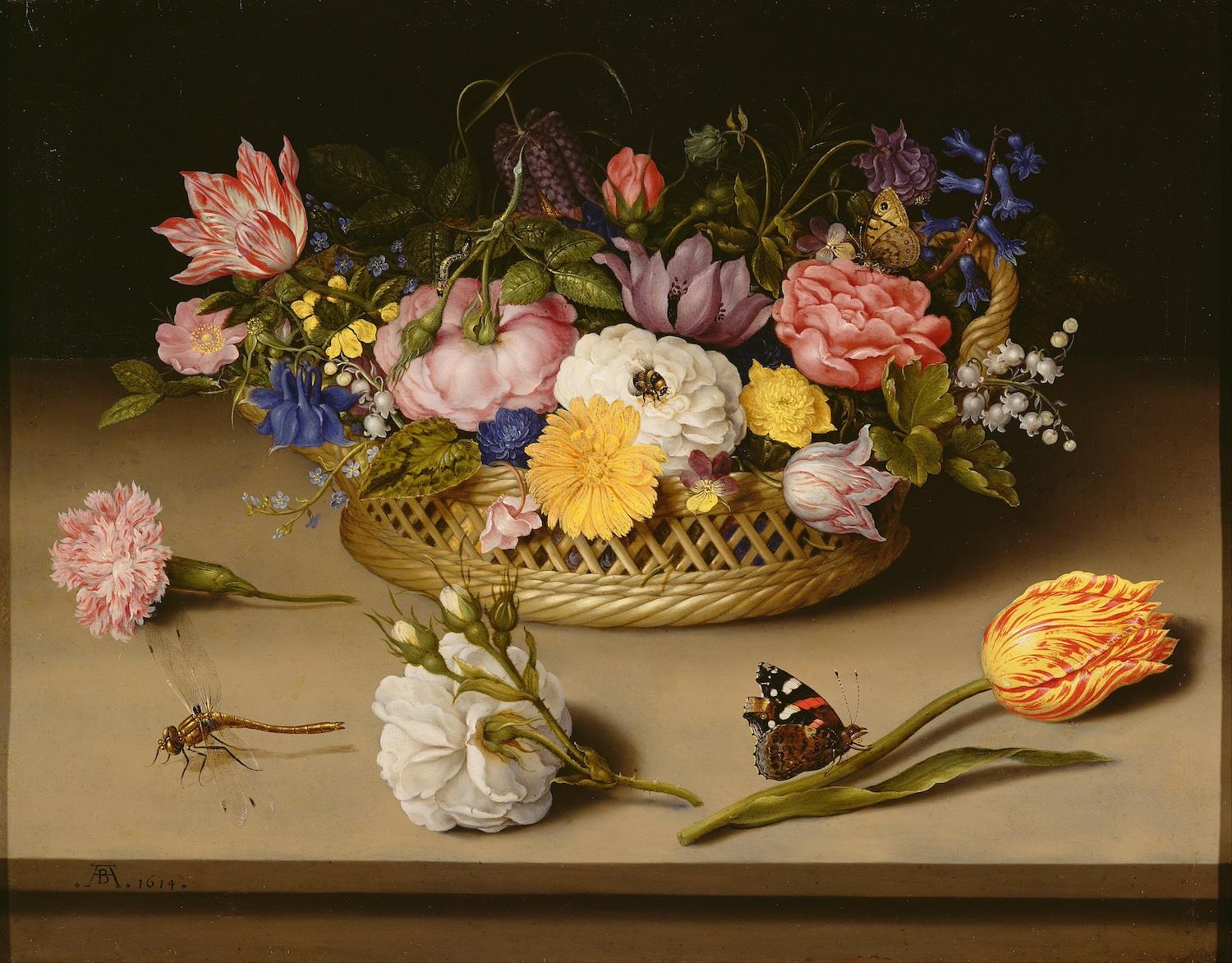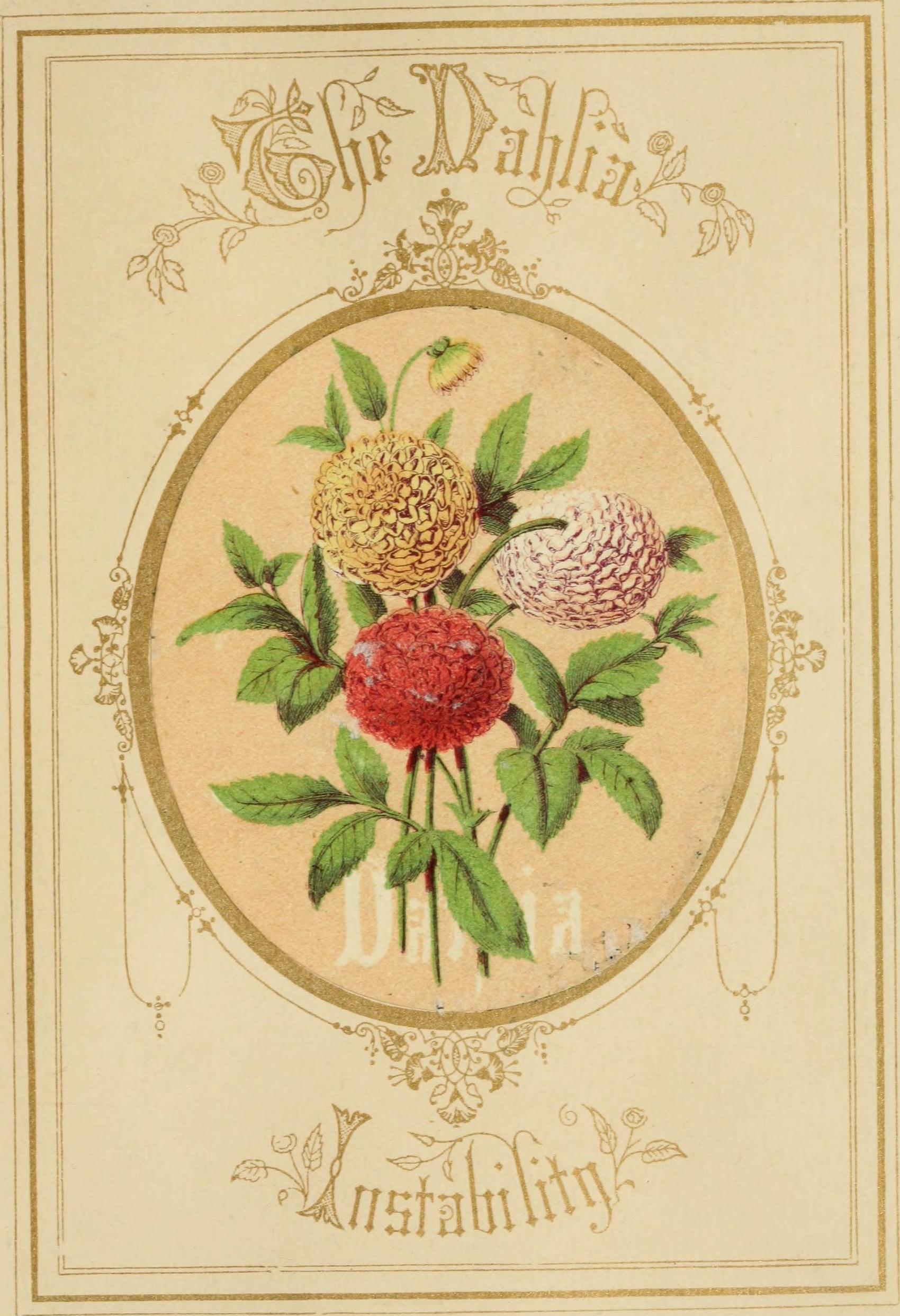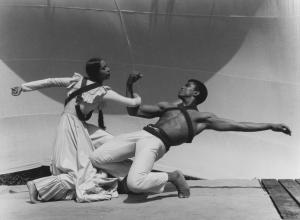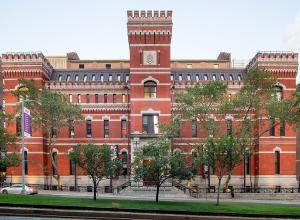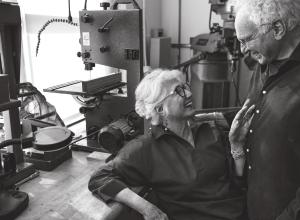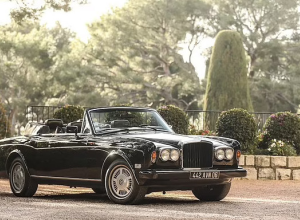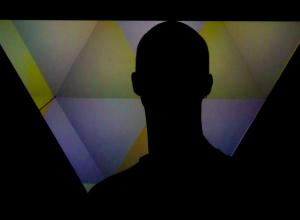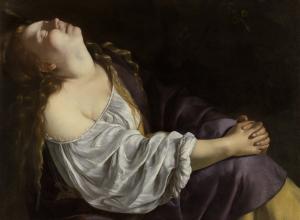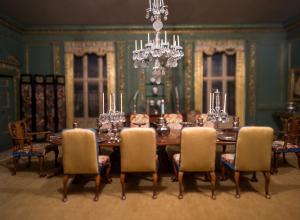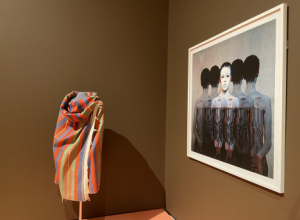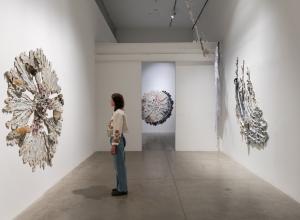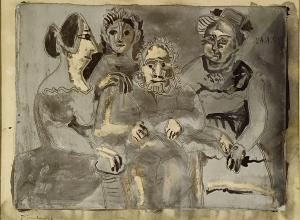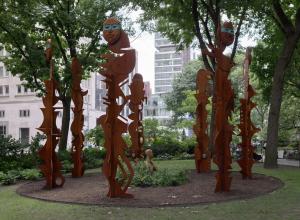Some of these hidden meanings came from the appearance of the plants or were derived from their mythology-based root names, while others were inspired by cultural norms of the Victorian era. However, not all floral symbolism is intuitive.
For example, leafy cabbage greens look like cash, so cabbages became the symbol of wealth and profit, whereas dill was randomly deemed to symbolize lust.
Floriography, also known as floriology, eventually became an art form. Whether the subject of a painting, or a small detail in the background, artists have used flowers to convey a specific theme or mood within their works.
Forget-me-nots symbolize friendship and respect, walnuts represent intelligence, and bamboo is a sign of longevity and strength. Even the placement of a flower, or the quantity present, can impact the meaning behind the art. A lone flower often symbolizes innocence, purity, and either reproduction or decay.




